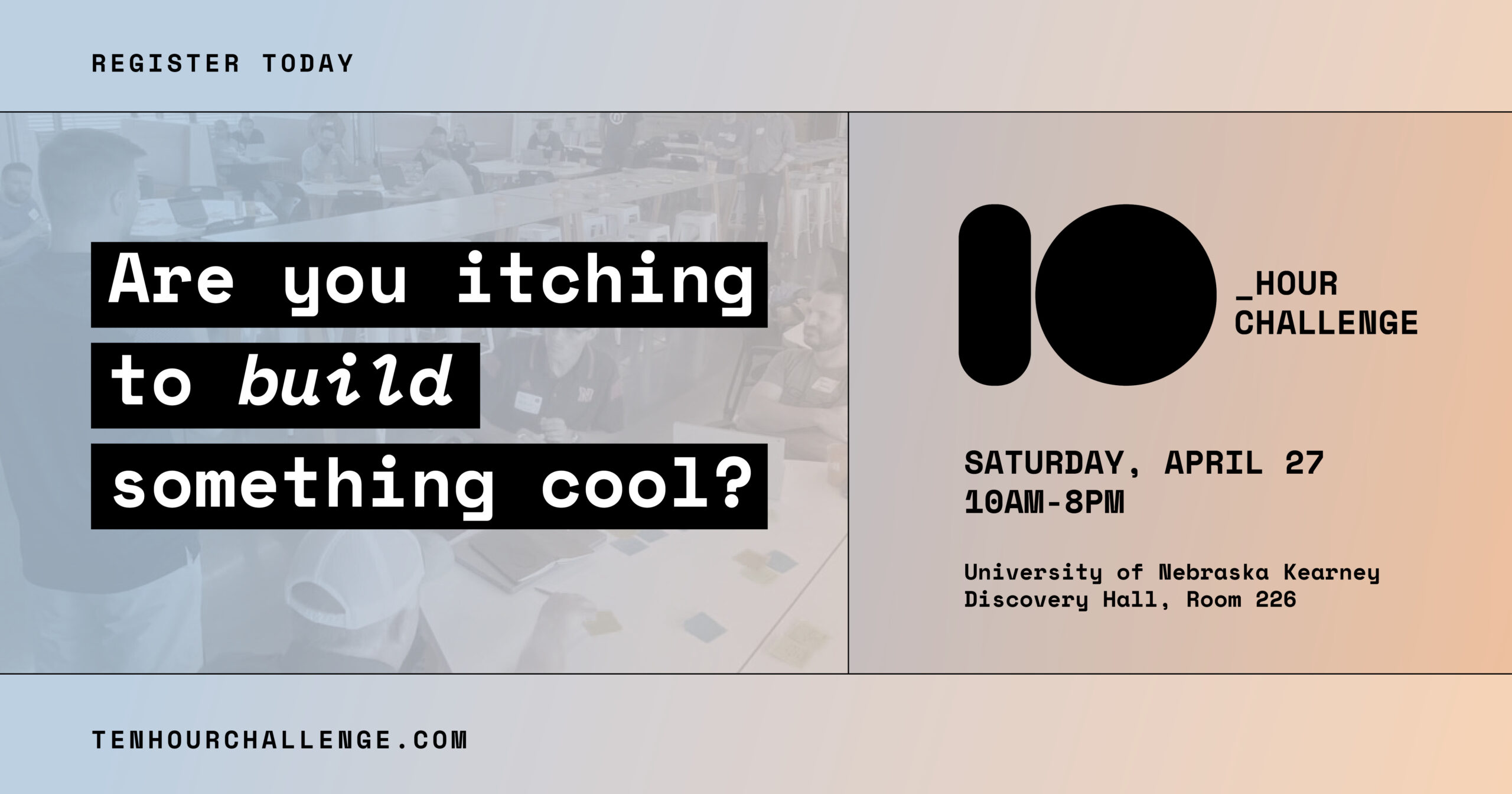Josh Cooley, a story artist and director at Pixar Animation Studios, presents “Coloring Outside the Lines” at KANEKO’s Great Minds Series. Photo by Jordan Green.
Last Friday, Robert Murphy teamed up with photographer Jordan Green to cover a KANEKO Great Minds Series presentation by Josh Cooley, a story artist and director at Pixar Animation Studios. To read Murphy’s recap of Cooley’s presentation, “Coloring Outside the Lines,” see: Josh Cooley gives an in-depth look at Pixar’s creative process.
On Saturday, Murphy met with Cooley to learn more about his work at Pixar. Murphy transcribed his 20-minute conversation with Cooley and has shared it with us. Below is the portion of the discussion that dives deeper into Pixar’s creative process.

Robert Murphy: With the creative process, sometimes people think, “Well, we just got to be…don’t have any kind of boundaries or limits.” But I thought it was really interesting last night one of the things you said, one of the keys you have with brainstorming sessions is knowing your limitations. I was wondering if you could expand upon that a little bit. Because some may think you’re being inefficient right off the bat, but I almost, not to put words in your mouth, but I see it as being an efficient way of creativity. Knowing your limitations.
Josh Cooley: Oh yeah. It is absolutely more efficient. Because the general brainstorming session, if you just have people coming in who aren’t working on the movie and start throwing stuff around, it can just get…there is no road. You have to direct people into the areas you need help on. If the people are just pulling stuff from all over the place, it doesn’t help you. It’s free forming. But, if it’s a movie about a rat in a kitchen, this scene is in the kitchen. Okay, so, there’s a million different variations of a kitchen, but you still have a kitchen. You have what you need to do.
Murphy: Creativity is, sometimes people think, “Well, we can think our way out of anything.” I think when people look at Pixar they think, “Wow, they can create something out of nothing almost.” And it was interesting hearing, last night, so many of the different films that have come from Pixar that have had massive rewrites in the midst of production. It’s like you completely change the story.
Cooley: Yeah, it’s part of the process. It’s what’s working. Switch to what’s working. If it’s not working, you redo it.
Murphy: Coming off that, there was the news, and you may not have been a part of the team that worked on “Newt,” it was interesting in a cool way, some people may think there’s all this money sunk into “Newt,” I’m not sure how many years production had been worked on, but there was that point where in the past where we’ve done rewrites, we’re 11 for 11 with films, yet there was this conscious decision where you reached this point to stop work on it. What’s the thought process with that? With what we talked about creativity and limitations, was that a hard thing?
Cooley: I don’t know much about “Newt,” but I’m trying to think about other projects. It’s just part of the job of being a story artist. You have to have a certain removal from your work a little big. At the same time, it’s your baby. You’re coming up with these ideas. The process is you are supporting the director’s vision. And so maybe your idea doesn’t fit in with exactly what the director is thinking for that. So, we have a saying that’s…one of them is “murder your darlings” and other is “kill your babies.” And that’s what it feels like. And the directors go through it too. They get attached to something and in the overall picture it’s just not fitting in. So you kill the thing that you’re really attached to, which is hard. It’s part of the process because in the end you hope it’ll make what you have stronger.
Murphy: Last night you showed us a progression of the scene where Russell finds the snipe. How long is that process from idea to all the different progressions to what we finally see on screen. What’s rough estimate of what that takes with time?
Cooley: I have no idea. (laughter)
Robert: How many people does that go through, you think?
Cooley: You know, that’s a good question. I really don’t know. Each sequence? It’s random, you just don’t know. Because everything has its own challenges and issues. There’s an effect. Simple things like dust kicking up when a character walks on the ground. Adding that little effect, there’s somebody’s job that’s just to do that. And maybe they’ve never worked with a character where the tennis shoe it’s really, really dusty like in a jungle. So it takes them awhile to figure out how to come up with that effect on the computer. Whoever creates the set is not ready to get to that point yet. There’s all these different things that affect sequences. I don’t think there’s ever a set timeframe of “it’s four months.” It varies completely.
To read the full interview transcript, visit: ramhatter.blogspot.com/2010/10/interview-with-josh-cooley.
To see more photos of Josh Cooley at KANEKO taken by Jordan Green, visit: flickr.com/photos/ramhatter.




